In a time when digital footprints define corporate success, industry titans such Amazon, Zappos, eBay, and Booking have created benchmarks for market supremacy. Along with acquiring large market share, these businesses have fostered strong client loyalty—many of which are desired by other businesses. Their secret: an unrelenting dedication to comprehending and maximizing the consumer journey. This talk explores the methodical techniques these giants use to keep ahead of the curve. They guarantee that every aspect of their online presence is designed to improve user experience and generate conversions by using advanced tools and ongoing data analysis. It is clear from looking at their approaches that their success is not coincidental but rather the consequence of careful marketing, strategic creativity, and relentless customer satisfaction concentration.
Essential Elements for Businesses’ Success
For well-known internet stores, success mostly depends on their unmatched commitment to data-driven decision making. Companies like Amazon and Zappos can find exactly what motivates consumer involvement and sales by carefully examining every contact on their platforms. From basic aspects like button colors to whole page layouts, this entails thorough A/B testing to evaluate many elements on their website. The outcomes offer great insights that guide strategic changes, so improving user experience and functionality. Furthermore, solutions like Plerdy include heatmap analytics and session records, which lets companies see actual user interactions and pinpoint areas needing work. Staying competitive and adjusting to consumer tastes depend on this ongoing cycle of testing, analysis, and optimization. By encouraging consumer loyalty and quick response to market changes, such approaches not only enhance current conversions but also create a basis for long-term corporate success.
Alex (Host): Hi everyone! Today, we’re chatting about why big names like Amazon, Zappos, eBay, and Booking aren’t just surviving in the market. They’re actually smashing the competition. How do they do it? What are they looking into?
Alex: My first question for you is why big online stores like Amazon or Zappos are so successful at getting people to buy things from their websites.
Andrew (CEO of Plerdy): Hahaha! You know, it’s not by chance. It all starts with deep analysis. They don’t just add a feature to their website and hope for the best. They test every single element, from the color of the buttons to how products are arranged. Using tools like Plerdy, they gather data on user behavior and optimize every step of the customer journey. By the way, you can check out the Web Archive to see the changes they’ve made—it’s really interesting.
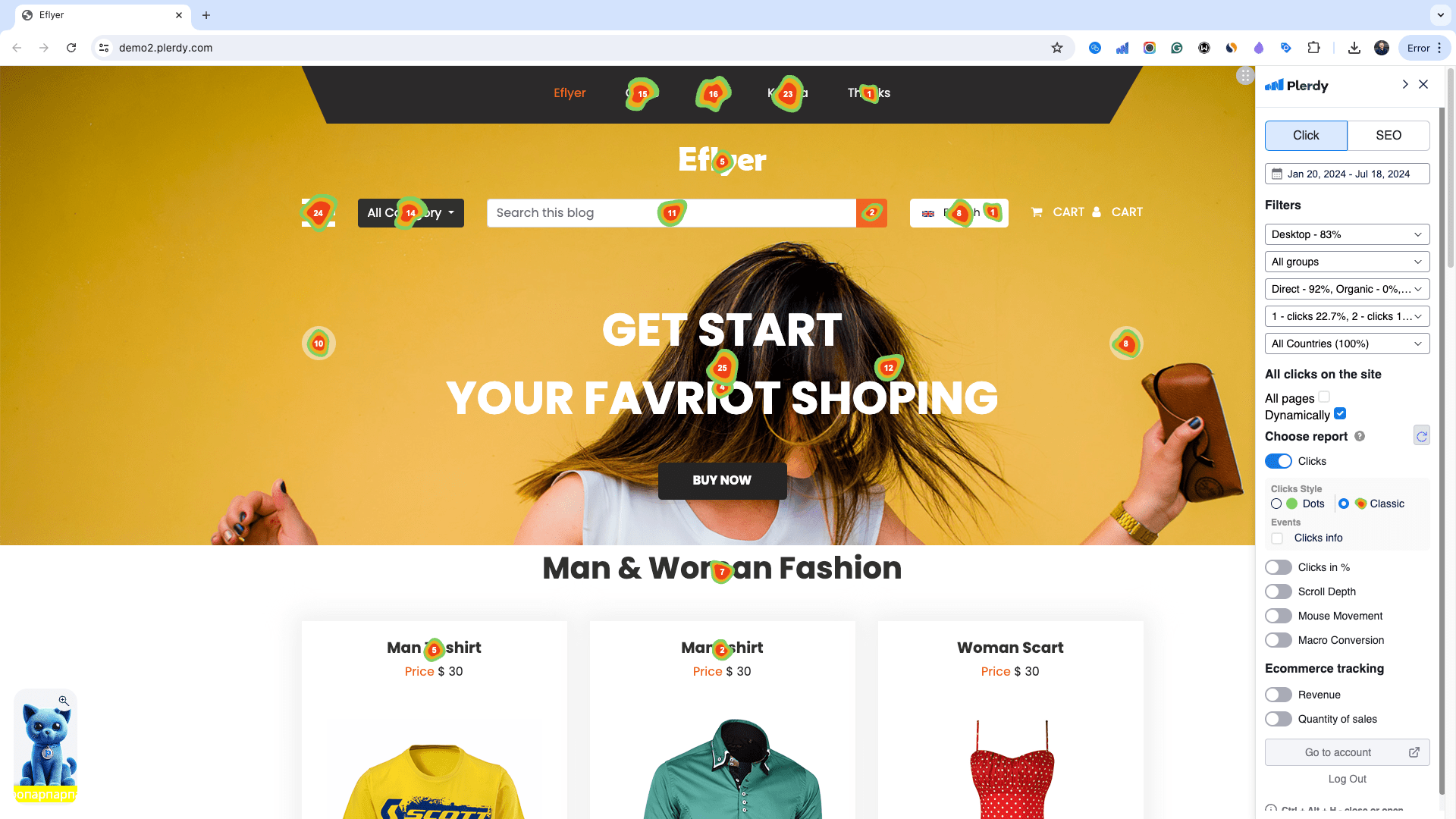
Alex: Do you think they run A/B tests?
Andriy: Ha, I think they definitely do that. It’s like spying but in a good way! They run A/B tests to check two versions of a page. Users don’t even notice this. Then, they see which version performs better—it gets more clicks and more sales. You can do the same thing by testing just one element on the website page, then the goal would be something like a micro conversion, or a purchase.
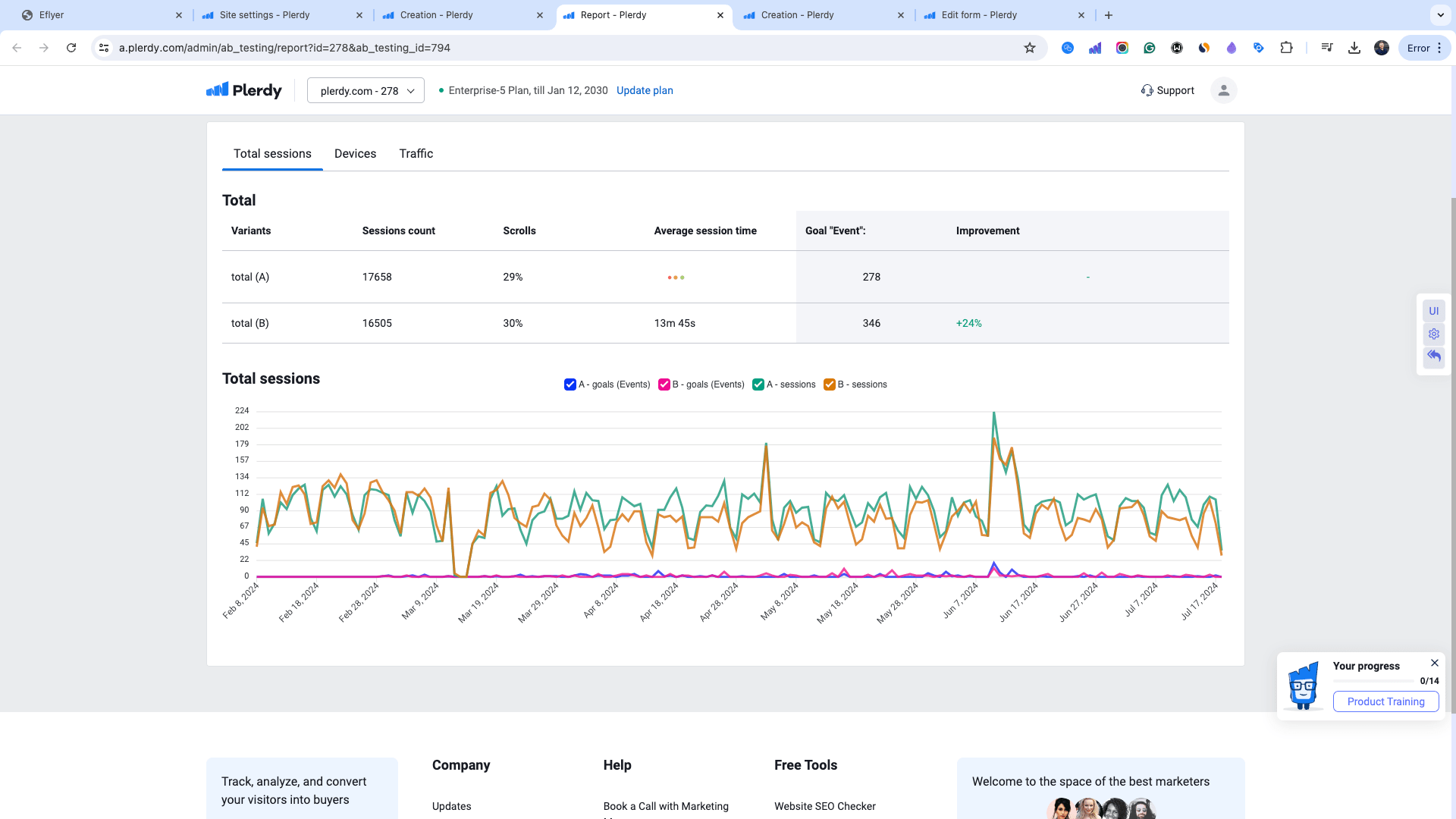
Alex: And how about analyzing user behavior? Any tools you recommend?
Andriy: Oh, this is the fun part! I recommend starting with a free tool like Plerdy for A/B testing. You can also check out heatmaps, scroll depth, and even forms that users fill out. Watching video sessions is the easiest way—just watch 10-30 and you’ll spot problems on the website. Launching pop-up forms can increase sales too. Market leaders use these strategies. And based on this data, you can definitely figure out what works and what doesn’t.
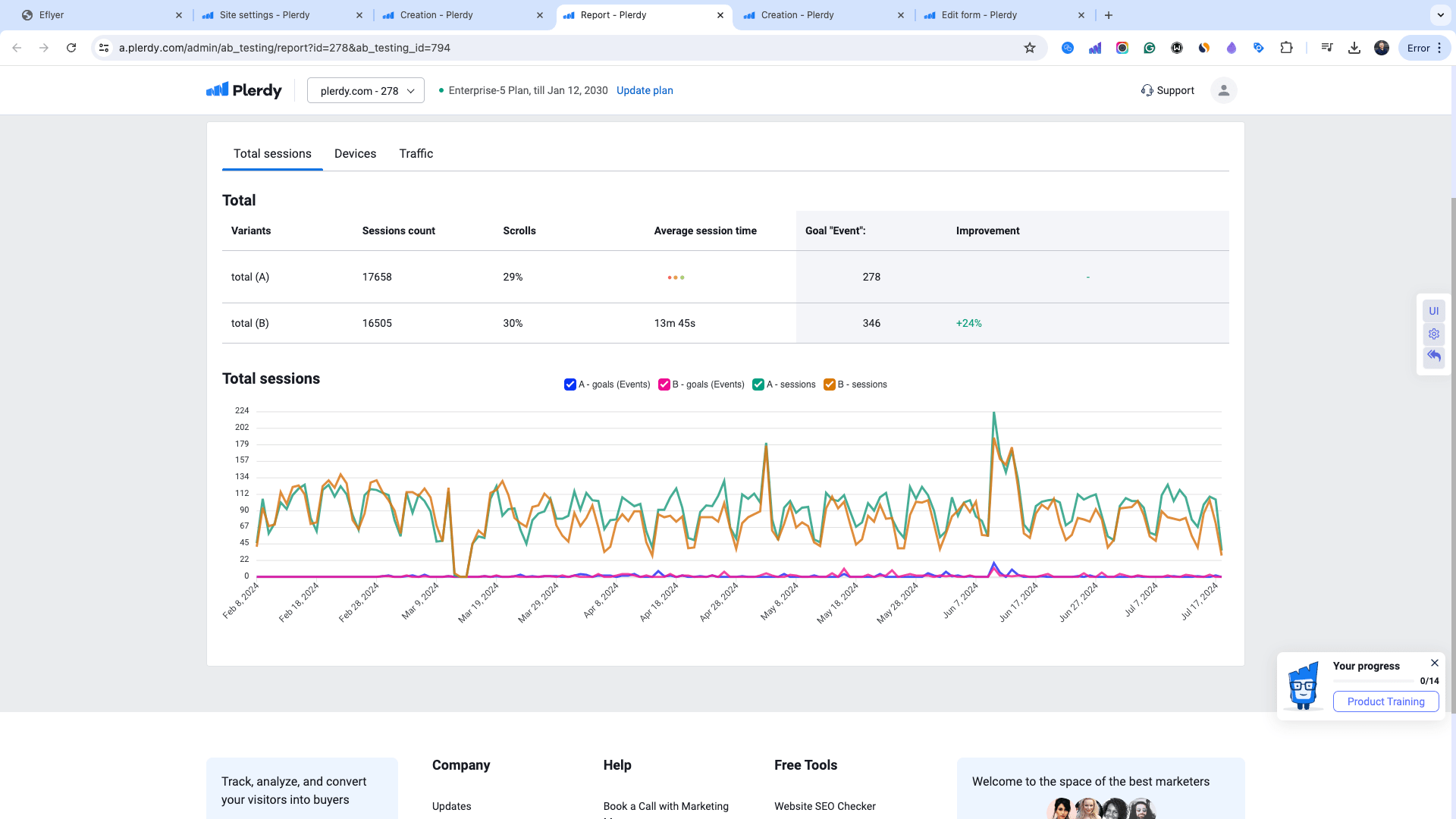
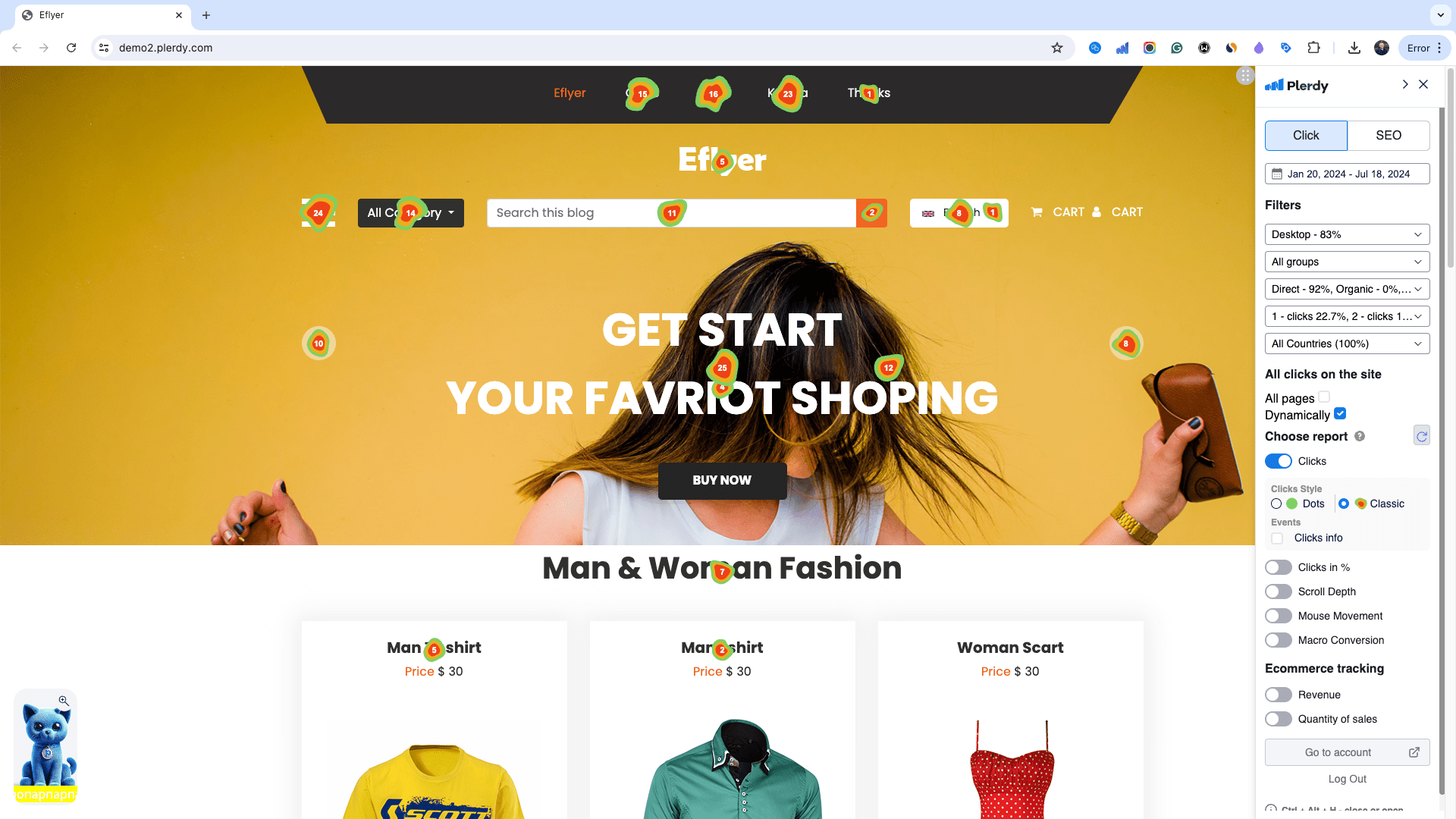
Alex: How often should changes and improvements be made to a website?
Andriy: Let’s compare it to a garden. How often do you need to improve it? At least once a month, right? It’s pretty much the same here. These shops can’t afford to stand still. Using the data gathered, they need to constantly introduce new features or improve existing elements on the website. Maybe a new shopping cart interface, a more convenient search function, recommendation systems that suggest products, reviews, sliders, and more to engage the target audience. All this is done to make the shopping process as pleasant and efficient as possible for the user. The goal is to keep them coming back, which in turn increases conversion.
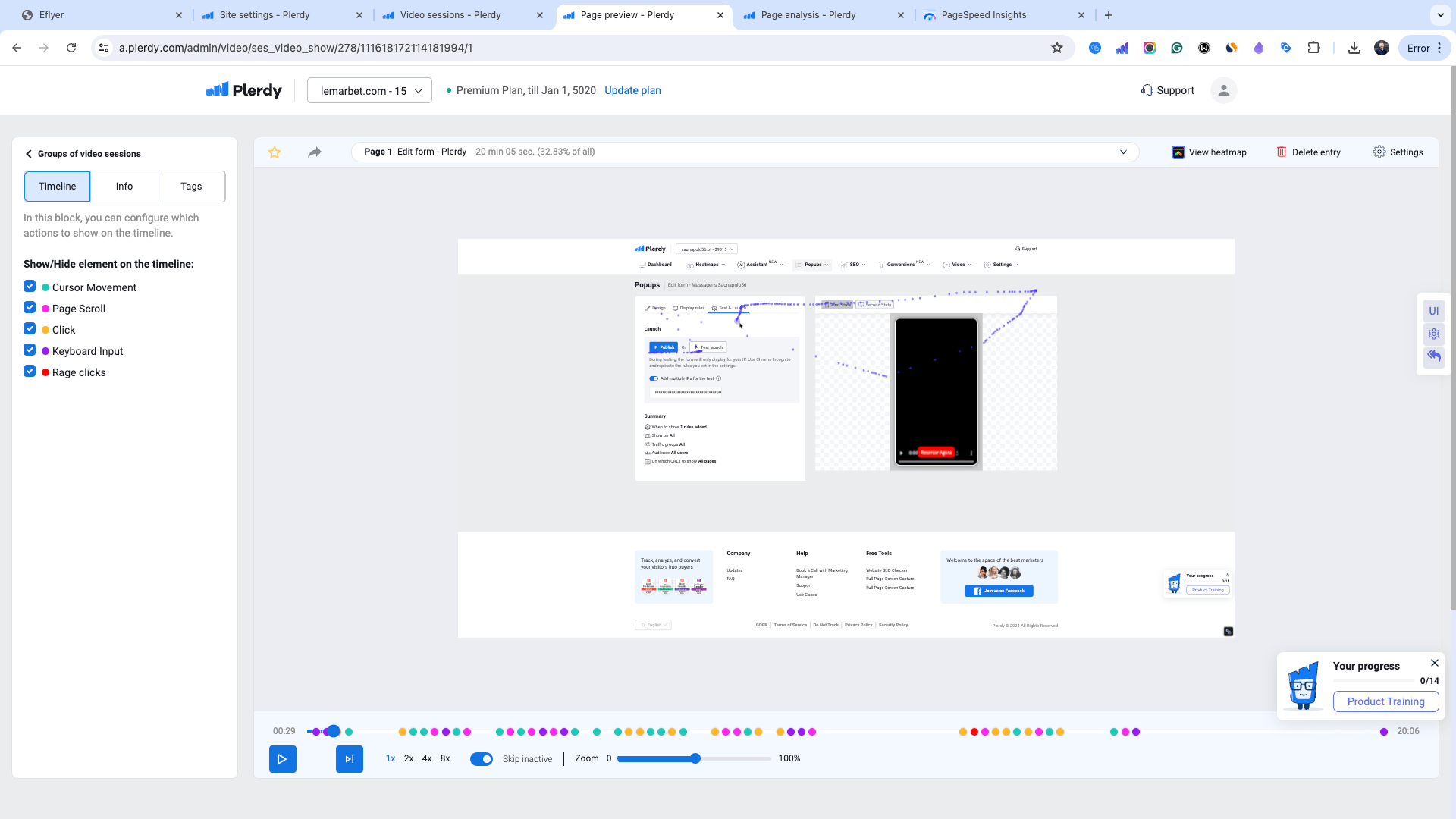
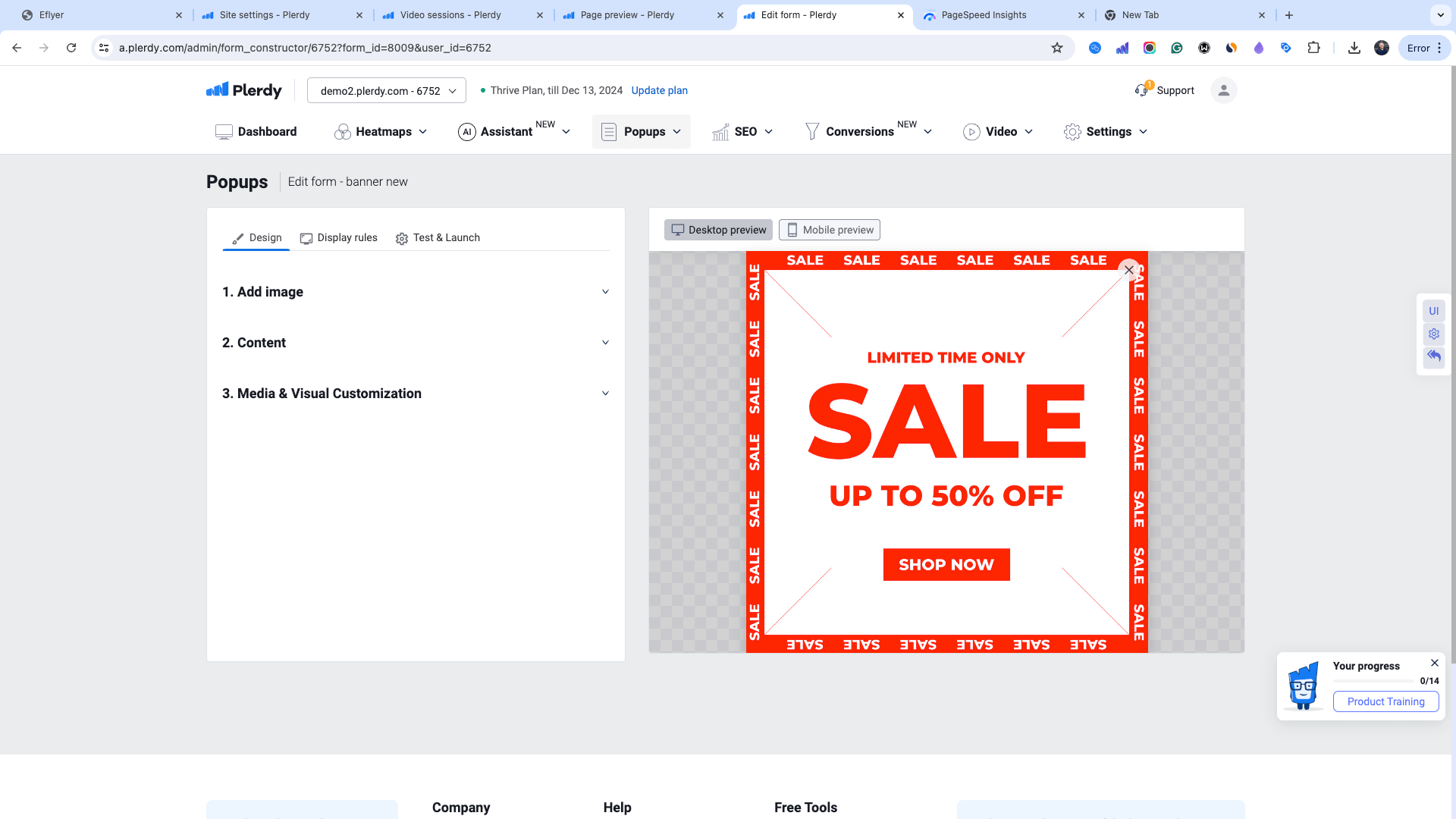
Alex: Super, thanks for such detailed answers! It was important information.
Finally
The conversation with Plerdy’s CEO, Andriy, clarifies a basic reality about effective internet companies: they live on ongoing evolution. These businesses are careful to improve their digital environments, much as gardeners who routinely tend to their plots. Their adjustments are based on actual data, hence every improvement guarantees that it fits consumer expectations and industry trends. Market leaders differentiate themselves with this proactive approach to website management supported by solutions that offer direct insights into user behavior. It’s about creating a buying experience that seems personal and natural, not only about pushing goods. In the end, smart decisions, strategic ideas, and relentless dedication to customer happiness define the road to long-term success in the cutthroat field of e-commerce.
